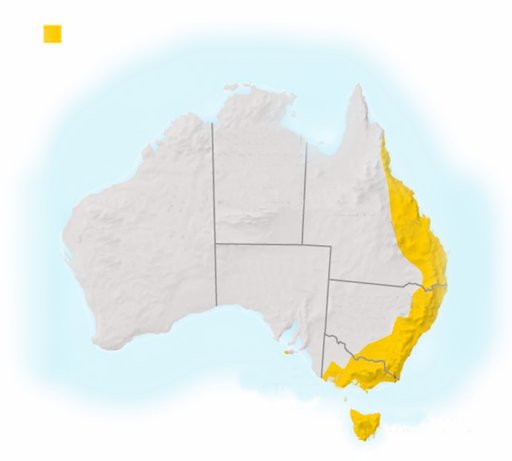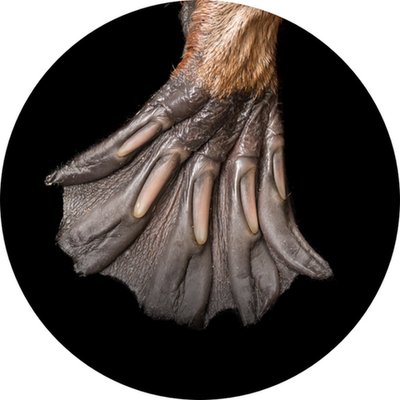Theplatypus’sskeletonissimilartoa lizard’s.
The platypus’s skeleton is similar to a lizard’s.
AllintheFamily
PlatypusesarefoundonlyinAustralia.Theyareapartofagroupofegg-layingmammalscalledmonotremes.
Millionsofyearsago,therewereafewspeciesofreptile-likemammals.Theyhadfurandnursedtheirbabieslikemammals.Theyhadbirdbeaks.Theywereshapedlikelizards.Likelizardsandbirds,theylaideggs.Overtime,mostegg-layingmammalsdiedoff.Today,onlytworemain:theplatypusandthe echidna.
DuckFace
What’sthefirstthingyounoticeabouttheplatypus?Ithasthefaceofaduck.Yet,itsbillisunlikeanybirdbeakoutthere.It’sflexibleandspongy.Ithassmooth,suede-likeskin.Andithelpstheplatypusfeelitswayaroundunder water.How?Itsnervecellssensepressure,movement,and electricity.
Thebillalsohaspushrods.Theyaresetinmotionbypressureortouch.Pushrodscandetecttinymovementsinthewater.Forexample,theycantellwheninsectlarvaeorshrimpsmovejustinches away.
Platypusesarefoundonlyin Australia.


Asia
Australia
Australia
Western
Australia
Nortern
territory
south
Australia
newsouth wales
victoria
tasmania
Queensland
platypus range
Theplatypusbillhastwomoretypesofnervecells.Theycanpickupontinyelectricalsignals.Thesearemadebythemusclesinthebodiesoftheirprey.Shrimpsandlarvaedon’tstanda chance!
Thesensitivebillontheplatypuslookslikeaduck’s bill.
ToothlessWork-Around
Aplatypushasnoteeth.Yet,thatdoesn’tstopitfromcrunchingupitsfood.Itscoopsupitsmealalongwithpebblesandgravel.Thenitgrindsitalltogether.Thegravelhelpscrushthefood.Thentheplatypusswallowsthefoodandspitsoutthe stones.

Webbedtoeshelpformapaddle.Thispropelstheplatypusthroughthe water.
WaterproofandWarm
Beingwaterproofandwarmisimportantforsurvival.Everyday,eveninthecold,theplatypusgoesdivingfor food.
Theplatypusisbuiltforstayingwarmincoldwater.Itiscoveredinthick,two-layeredfur.Airistrappedbetweenthelayers.Thiskeepsbodyheatinandwater out.